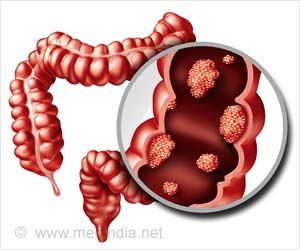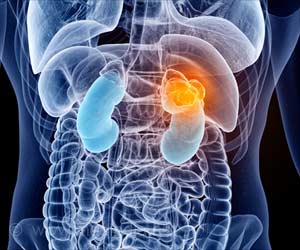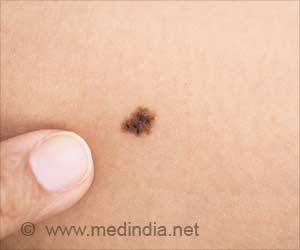“Over the years, large numbers of women have endured unnecessarily harsh treatments, such as aggressive chemotherapy, due to our inability to predict metastasis risks with high accuracy. One of our goals is to improve this situation,” said Trey Ideker, a bioengineering professor from the UCSD Jacobs School of Engineering and the senior author of the new study.
“The next step is to confirm these results in other clinical trials. It will be absolutely crucial to confirm our findings on other patient data before we think too hard about bringing this technology to the clinic,” he added.Ideker further said that the new study may also help researchers determine disease-causing genes and more specifically classify and diagnose cancer and other diseases.
“Our work supports the notion that cancer is a disease of pathways. The keys for understanding at least some of these pathways are encoded in protein networks,” he said.
For the study, the team used the same gene expression data used in two well-known studies: Vijver et al. in Nature and Wang et al. in the Lancet. Each study yielded a set of about 70 single-gene markers that are now used in hospitals to help predict the likelihood of breast cancer metastasis.
“We saw about a 9 percent increase in metastasis prediction accuracy over the two main sets of individual gene markers,” said Ideker, who explained that his team raised metastatic prediction accuracy for breast cancer to roughly 72 percent.
“The big difference between our work and the work outlined in Vijver and Wang is that we painted the existing gene expression data onto newly available maps of protein interactions,” he added.
Advertisement
The team uncovered 149 discriminative subnetworks consisting of 618 genes from the patients from the van de Vijver et al. data set and 243 discriminative subnetworks with 906 genes from the Wang et al. data set.
Advertisement
“A key feature of our approach is the ability to identify crucial genes that fly under the radar of conventional gene expression analyses,” said Ideker.
The study is published online in the journal Molecular Systems Biology
Source-Eurekalert
SPH/V











